The following article, which is reprinted by permission, appeared in the Second Quarter 2021 edition of Finest Hour: The Journal of Winston Churchill and His Times, a magazine published by the International Churchill Society. Photos throughout were added by Westminster Monthly for this reprint.
”This is a wonderful school in my home state,” wrote Harry Truman on 3 October 1945, at the bottom of the letter from Westminster College President Franc Mccluer to Winston Churchill. The American president added a personal plea and a promise: “Hope you can do it. I’ll introduce you.”
The postscript served its purpose. Churchill accepted the invitation to deliver the college’s John Findley Green Foundation Lecture, a lectureship established in 1937 with the intent to
bring to the Missouri college individuals to “discuss economic, social, or political problems of international concern.” That vision has been met.
In the aftermath of the Second World War, both the President of the United States and Britain’s famous former Prime Minister were aware of “political problems of international concern,” but it was Churchill who answered the call with his celebrated speech formally called “The Sinews of Peace,” but commonly known as the “Iron Curtain” speech because of its most famous line: “From Stettin in Baltic to Trieste in the Adriatic, an iron curtain has descended across the Continent.” President Truman, who had met Churchill only once previously, at the Potsdam Conference in July 1945, fulfilled his promise and traveled to America’s heartland to introduce a man he called “one of the great men of the age” and “a great world citizen.”
Before an audience of 2,700 in the college’s gymnasium, Churchill acknowledged the president’s introduction. “It is also an honor, ladies and gentlemen, perhaps almost unique, for a private visitor to be introduced to an academic audience by the President of the United States.” He added, “Amid his heavy burdens, duties, and responsibilities-unsought but not recoiled from-the President has travelled a thousand miles to dignify and magnify our meeting here to-day and to give me an opportunity of addressing this kindred nation, as well as my own countrymen across the ocean, and perhaps some other countries too.”
Churchill counted on the fact that the world would listen, and that his message-a warning about the expanding influence of Soviet influence in Eastern and Central Europe-coupled with a call for renewed cooperation between the United States and Great Britain, would be heeded. Ultimately, it was.
For seventy-five years, many leaders have followed Churchill to Fulton, including several British prime ministers. Clement Attlee, Harold Macmillan, Alec Douglas-Home, Harold Wilson, Edward Heath, Margaret Thatcher, and John Major have all either spoken at Fulton or been inducted into the Association of Churchill Fellows. Westminster College has also welcomed as speakers leaders from behind the former iron curtain, including Lech Walesa and Mikhail Gorbachev. The former Soviet leader used the occasion in 1992 to declare an end to the Cold War on the same campus where Churchill’s words represented the opening salvo of the ideological conflict ( see FH 186).
 Missouri’s Own: Harry Truman
Missouri’s Own: Harry Truman
Harry Truman’s visit to Fulton with Churchill in 1946 was not his last. He returned in April 1954 to deliver two speeches. During the first lecture, Truman recalled his earlier visit: “A little over eight years ago it was my pleasure to introduce from this platform one of the world’s great men, Winston Churchill.” Truman added, “I was president of the United States at that time. He was just a private citizen, if one can use the word private in association with the name of Winston Churchill.” Recalling with irony the fact that Churchill himself made a point to label himself a “private visitor” in 1946, Truman continued, “Today there seems to be a slight change. I am the private citizen now. Churchill is again Prime Minister. And if what I read in the newspapers is true, then I suppose Winston Churchill would be happier if he were here again today.”
The crux of Truman’s speech, however, was a historical recounting-from Salem to McCarthyism-of American “mob excitement, stirred by false or exaggerated charges, resulting in injury to innocent people.” Though he never mentioned Joseph McCarthy by name, Truman made clear that an unhappy by-product of the Cold War was a civil war within the United States over freedom of thought and inquiry.
Four Presidents and One Churchill Memorial
Truman’s connection to Westminster College ― and to Churchill ― deepened when, in April 1964, he presided at the groundbreaking ceremony for the Winston Churchill Memorial and Library in the United States, designated by the United States Congress in 2009 as “America’s National Churchill Museum.” He returned to campus two months later to deliver the college’s commencement address, during which he echoed Churchill’s famous edict to the young: “study history, study history.” The former president concluded his remarks by urging the graduates to “become more curious about the history of your country and the world and follow through, by hard work, to keep this republic the greatest in the history of the world.” His final optimistic thought to the class was: “When the country needs leadership, it always comes forward.”
The effort to create the Churchill Memorial started in the early 1960s, with Truman and former President Dwight D. Eisenhower serving as honorary co-chairs of the project. They were joined by President John F. Kennedy, who strongly endorsed the plan. Kennedy also had direct ties to Westminster College. During the war, he had served in the Navy with Westminster College President Robert L.D. Davidson, the visionary leader with the bold idea to relocate the Church of St. Mary the Virgin, Aldermanbury, from London to Fulton. Designed by Sir Christopher Wren, the church had been burned out in the Blitz but would be rebuilt in Missouri to serve as the centerpiece of the Churchill memorial.
President Lyndon B. Johnson also became a project co-chairman after Kennedy’s tragic death. This brought the total number of presidential supporters to four. It was an impressive quartet of leaders. As the preceding articles have shown, each had had some contact with Churchill. In time, another quartet would follow these presidents, and Churchill, to Fulton.
 Nixon and Ford
Nixon and Ford
Richard M. Nixon was president at the time of the dedication of the Winston Churchill Memorial and Library on 7 May 1969. Though he was unable .to attend the ceremony in person, he was, ex officio, a member of the Dedication Committee and became an Honorary Churchill Fellow of Westminster College. Nixon was familiar with the project and took a particular interest in the dedication of the bronze sculpture by Czech-British artist Franta Belsky, which was installed outside the museum in 1971. Nixon, who seriously considered attending the sculpture dedication, instead wrote a lengthy letter, which was read during the ceremony.
Gerald R. Ford visited Westminster College on 29 October 1977 to deliver the Green Foundation Lecture nine months after leaving the White House. Early in his political career, as a member of the House of Representatives, Ford had heard Churchill’s third and final address to the United States Congress on 17 January 1952 (seep. 34). A quarter-century later, Ford said in his remarks at Fulton, “I would not compare myself either in statesmanship or in eloquence to the man who made ‘Iron Curtain’ part of the global language … ” “But I will not yield to Winston Churchill or anyone else,” he continued, “my love of freedom. Indeed, it is devotion to democracy that compels me to speak out today as he did in March 1946. For the situation in Europe, while different, is no less potentially severe.”
Ford warned of “EuroCommunist” parties gaining influence and votes in European parliaments. Recalling Churchill’s famous phrase about an iron curtain descending, though without the same rhetorical flair, Ford proclaimed, “From the shores of the Adriatic to those of the Atlantic, a new specter of Communist control hovers over the countries of Western Europe. Lisbon, Paris, Romeall of the Parliaments in these capitals-now confirm the clutch of Communist power.” Ford warned, “Communism may come to power by democracy but it keeps its power by tyranny … “
“If the United States does not communicate its opposition at the highest level, we may make it easier for the Communists to gain power,” he concluded. “More important than the condition of human rights in those dictatorships which have abolished them is the preservation of those rights in those nations that still have them.”
Ronald Reagan
Ford’s oratory in comparison with Churchill’s was utilitarian. The speech made by former President Ronald Reagan was the opposite. Appearing at Westminster College to dedicate the monumental sculpture Breakthrough by artist and Churchill granddaughter Edwina Sandys, Reagan spoke in a manner worthy of his nickname “The Great Communicator.” The former president spoke on 9 November 1990 ― the one-year anniversary of the wall’s coming down. This was Reagan’s second time, however, speaking in front of the Berlin Wall. In West Berlin in 1987, when the concrete still functioned as a barrier, Reagan famously demanded, “Mr. Gorbachev, tear down this wall.”

Reagan’s appearance at Westminster College was one of his last public speeches. Rising to the rhetorical challenge of following Churchill to Fulton, Reagan was both deferential and inspired: “As the greatest communicator of our time, Sir Winston enlisted the English language itself in the battle against Hitler and his fateful doctrines. When the Nazis might prevail from Warsaw to the Channel Islands and from Egypt to the Arctic Ocean, at a time when the whole cause of human liberty stood trembling and imperiled, he breathed defiance in phrases that will ring down through centuries to come. And when the guns at last fell silent in the spring of 1945, no man on earth had done more to preserve civilization during its hour of its greatest trial.” Reagan’s speech was not a warning but a hopeful message reflecting the optimism of the day: “In dedicating this magnificent sculpture, may we dedicate ourselves to hastening the day when all God’s children live in a world without walls. That would be the greatest empire of all.”
George H.W. Bush
The man who became the forty-first president spoke at Westminster College on two occasions, both while serving as vice president. His memorable Green Foundation Lecture on 5 March 1986, the fortieth anniversary of the “Iron Curtain” speech, was entitled “Churchill’s Vision and America’s Future.”
George H.W. Bush, a decorated veteran of the Second World War, reminded the audience of the context of Churchill’s speech. “The war was just barely over when Churchill came here, and yet the world had already changed in ways entirely at odds with the hopes of the allies during the fighting. Many had yet to comprehend how different reality was from hope. Churchill chose this platform to clarify that distinction.” Before outlining his own vision for America’s future, Bush looked at the past not reverentially, but realistically: “The Iron Curtain speech was not a discourse on a commonly accepted view of the world as it emerged from the war. It was a plea for realism, a plea for a clear strategy in approaching a new and unexpected world, a plea for strength of purpose and the courage to face unwanted but unavoidable challenges.”

Churchill famously identified in “The Sinews of Peace” speech “two marauders,” namely, war and tyranny. Bush, long before it was a commonly discussed threat in the United States, identified a new marauder-terrorism. “The challenge before us today is to face with courage, unity, and resolve all attacks on free societies and free institutions, to face, in particular, terrorism, which is a dagger in the back of all free societies … ” He elaborated in Churchillian terms: “But the challenge is more than this. It is to find within ourselves the kind of courage and strength of purpose that Churchill so nobly exemplified; and having found those qualities, to give leadership to an often-bewildered world.”
Presidential Footnotes
There remain two other presidential connections with Westminster College and Fulton, both marginal but intriguing. The first was a visit in 1875, when the city and surrounding Callaway County still identified with the Lost Cause of the American South. Churchill was in just his first year of life when a crowd of ten thousand gathered at the Fulton fairgrounds (now Westminster College’s Priest Field) to hear a speech by Jefferson Davis, the former President of the Confederate States of America.
The other known presidential connection is at once more distant and more immediate. On 29 September 1653, Allen Robinett and Margaret Symm exchanged wedding vows in the London church of St. Mary the Virgin, Aldermanbury. In 1681, after twenty-eight years of marriage, the Robinetts purchased land in the New World from William Penn. The following year they emigrated with two of their children and settled in Pennsylvania. One of their descendants is the current President of the United States: Joseph Robinette Biden. The London church, the site of the Robinett nuptials, now stands as the centerpiece of America’s National Churchill Museum.
Timothy Riley is the Sandra L. and Monroe E. Trout Director and Chief Curator of America’s National Churchill Museum.

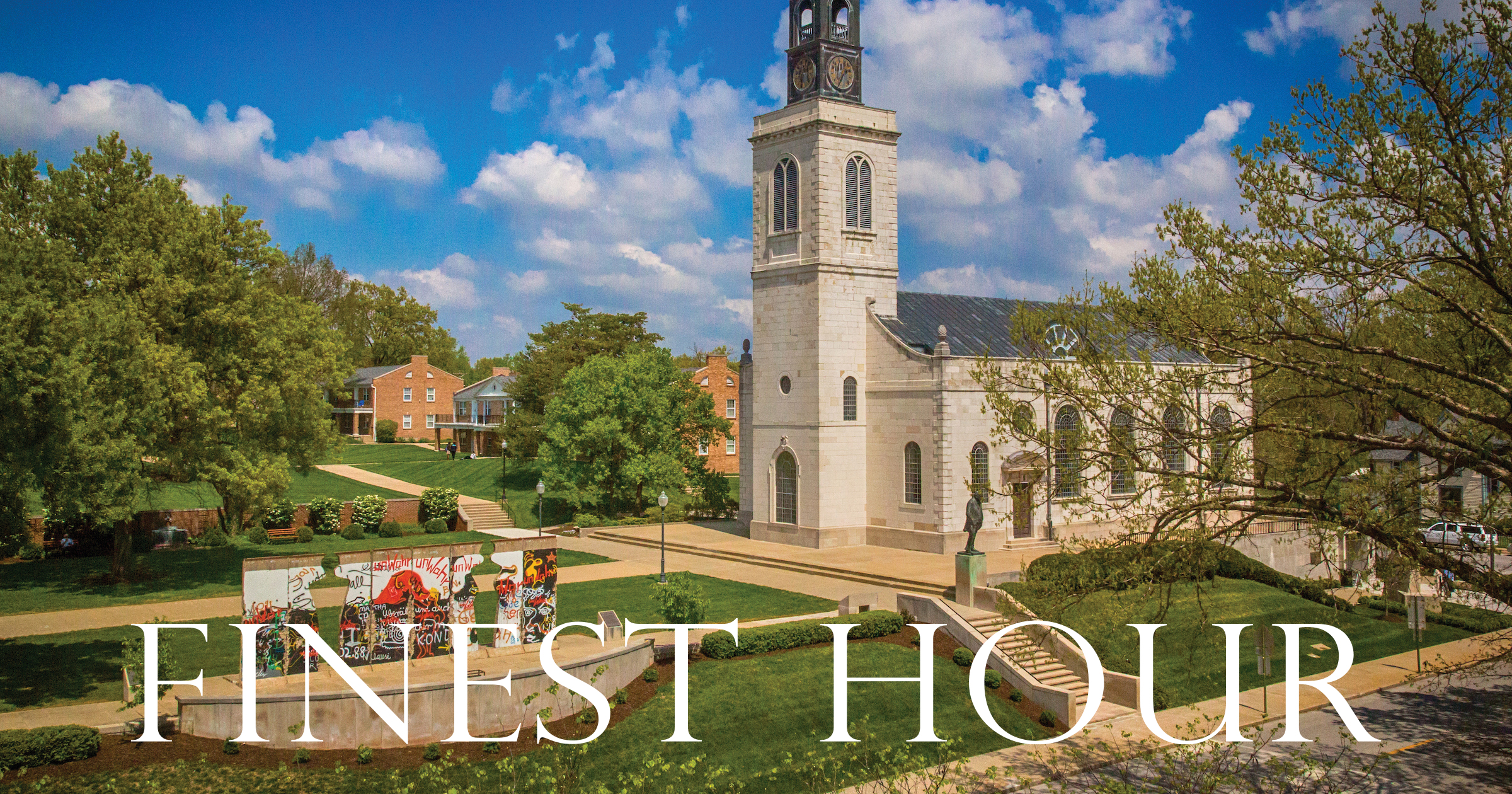

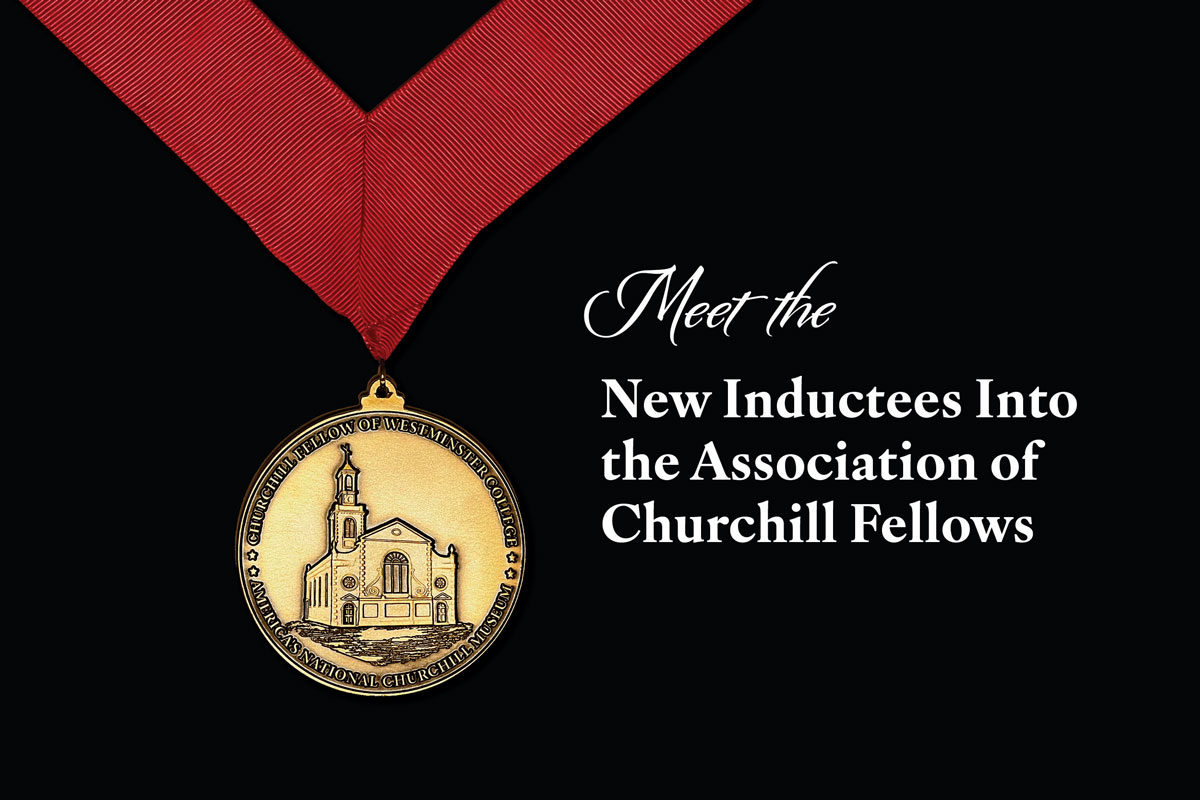
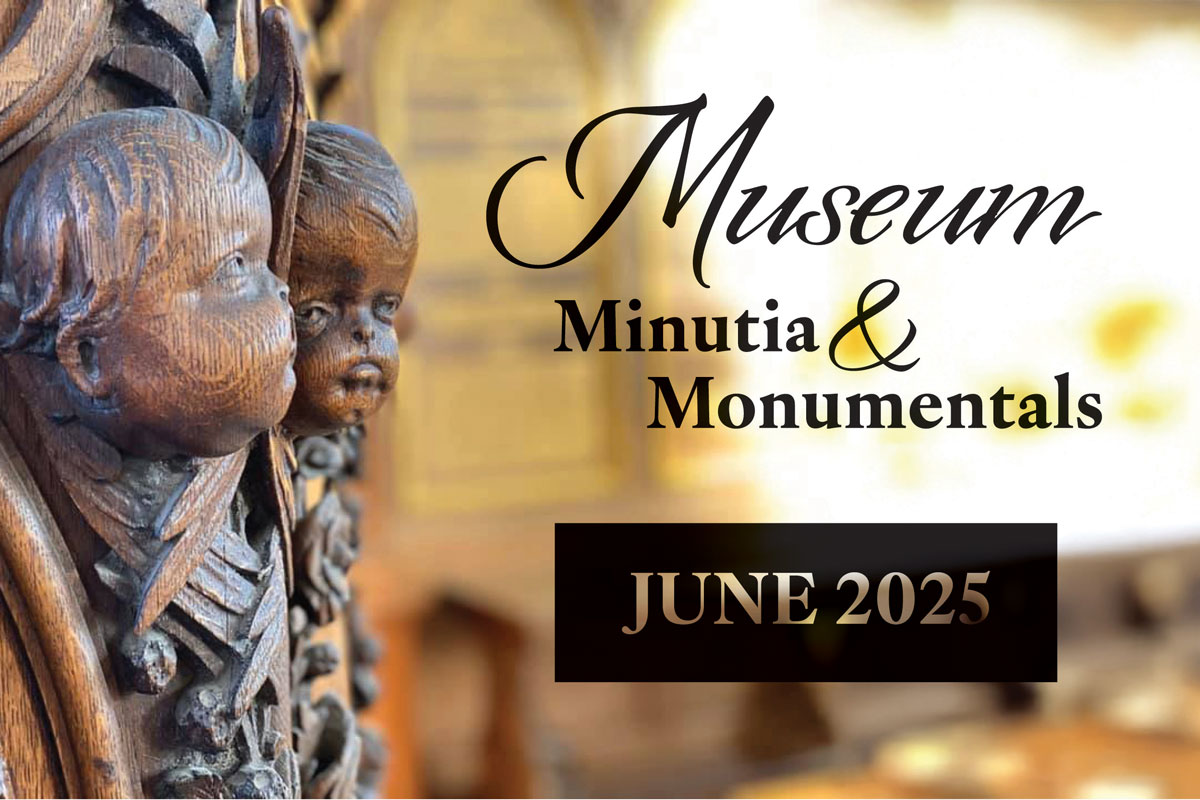
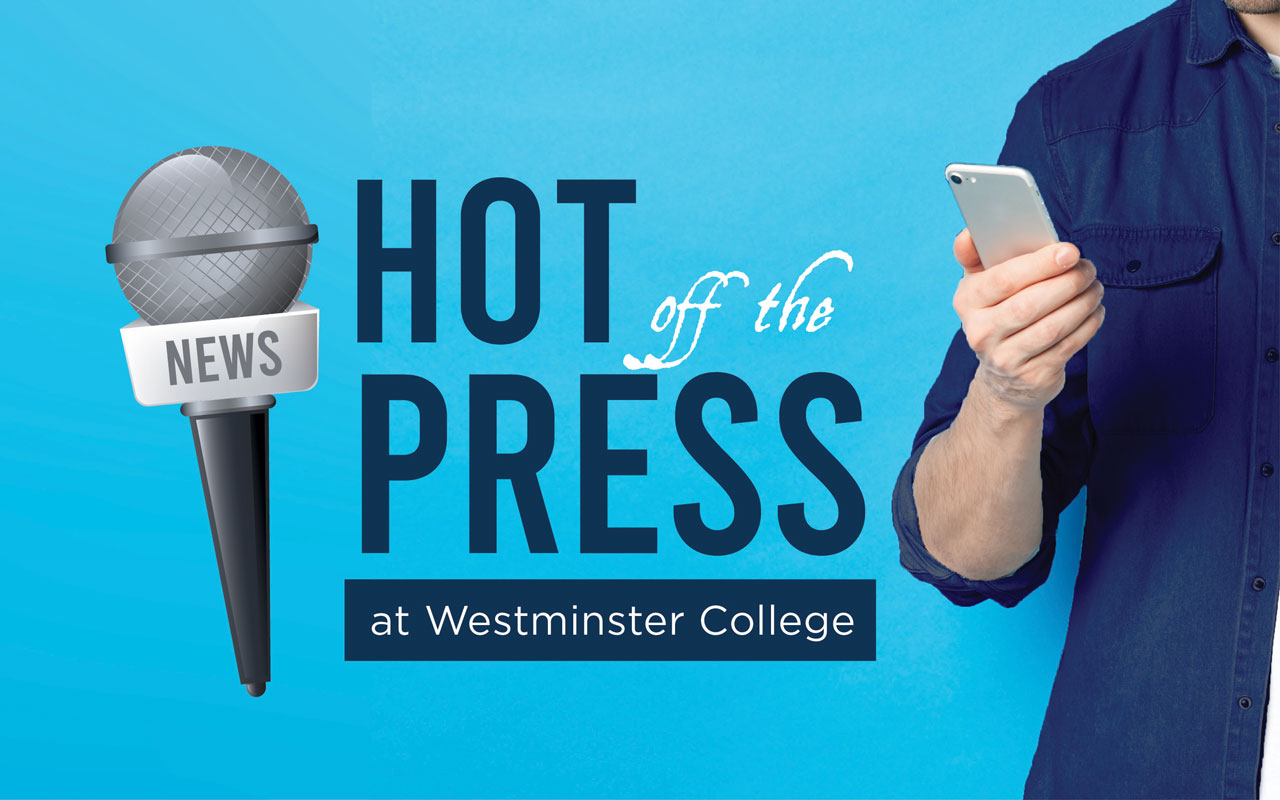
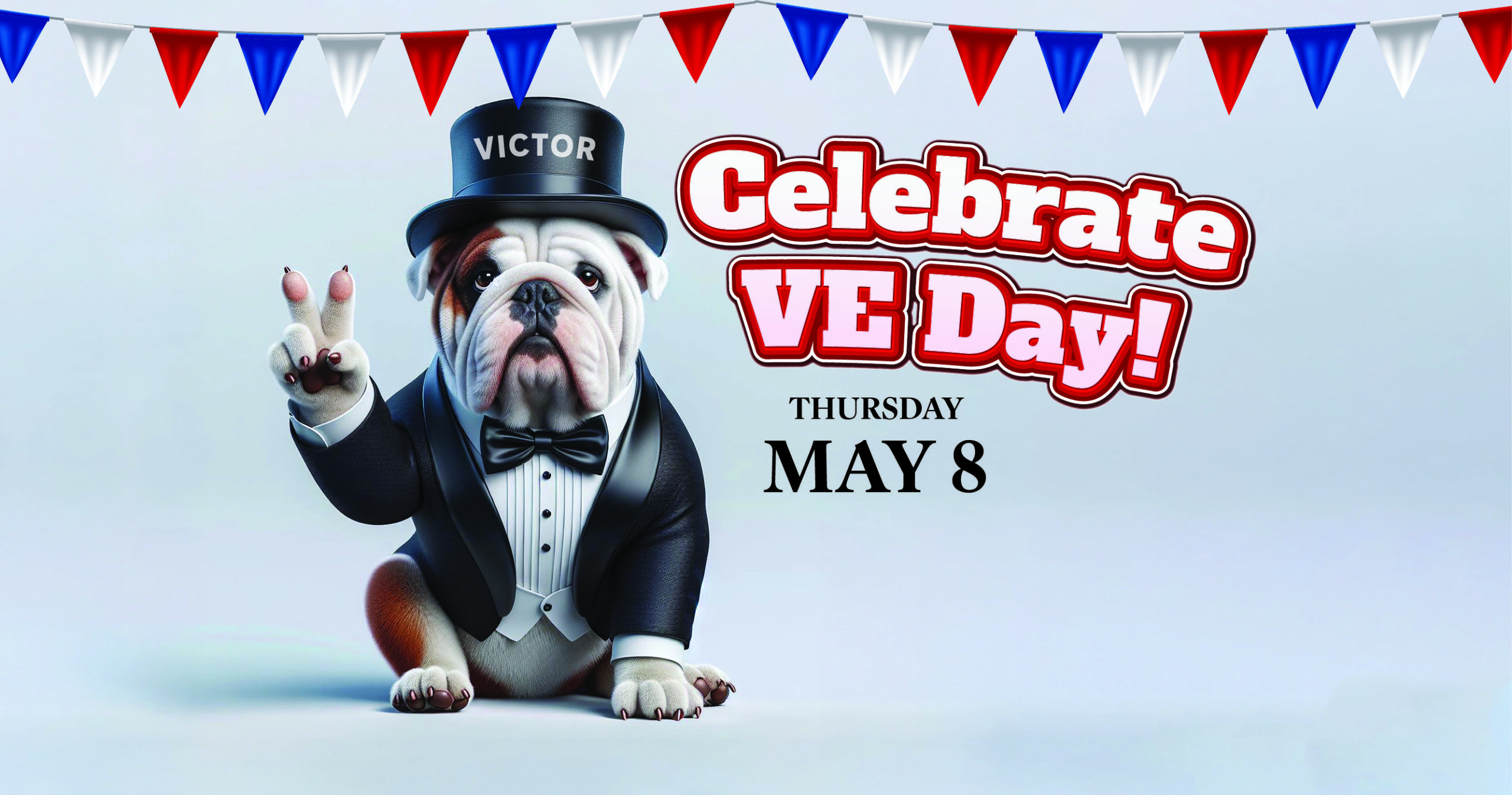
You must be logged in to post a comment.